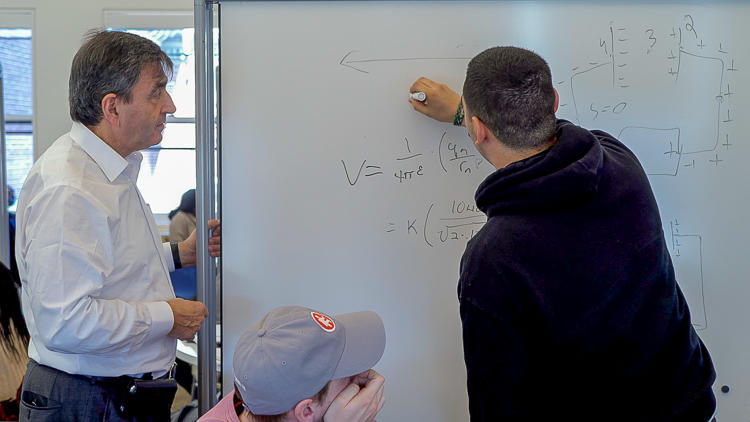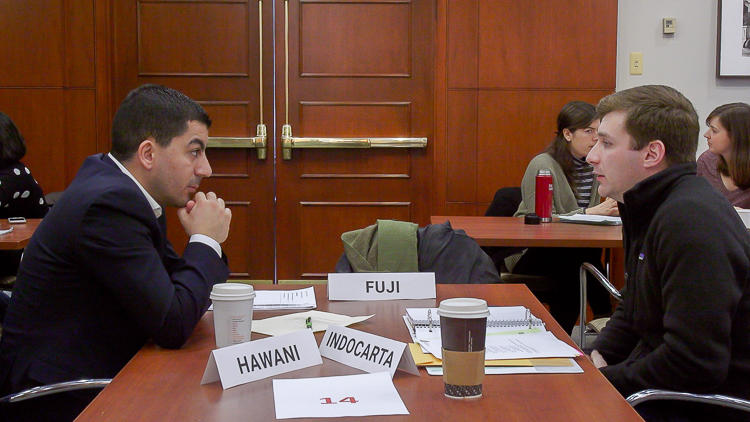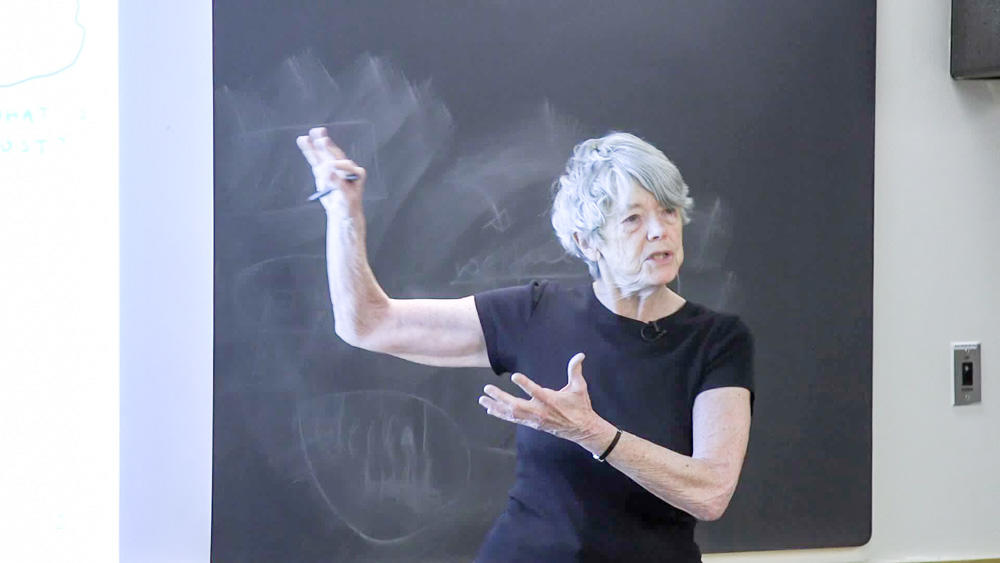Effective projects are carefully designed in order to deepen and broaden students’ understanding of course concepts by applying them to real-world challenges. The point is to demonstrate to students how what they’re learning in the course -- information that may see fairly dry in the abstract -- becomes extremely important when applied to everyday problems. In this video, Eric Mazur and his teaching team underscore the value of using projects to give learning a deeper meaning. They emphasize how learning is much more memorable when students get a chance to be hands-on and enact their learning through authentic projects.
Designing Authentic Projects
Instructor
Eric Mazur, Balkanski Professor of Physics and Applied Physics
Student Group
Undergraduate
School
School of Engineering and Applied Sciences
Course
AP50 Physics as a Foundation for Science and Engineering
Group Size
60 students
- When designing a course project, identify key concepts you want students to apply. Then think about how each of these concepts together might be used to solve a real-world challenge. In order for projects to be successful, concepts should be integrated in meaningful ways.
- Making discipline-specific connections may be clear to experts but not to novice learners. In these cases, it is helpful to explicitly direct students to class material to enhance their projects.
- Provide opportunities for students to share their creations with communities who may benefit from their work. These opportunities can powerfully demonstrate for students that what they learn extends beyond the classroom walls.
- According to Shuman and colleagues, instructors should teach in a context that allows students to assess their impact in a societal context and should also teach content knowledge in the context of contemporary issues (2005).
- A sense of relatedness in the context of course content is an important component in student motivation (Deci & Ryan, 2000). This suggests that being explicit about how content knowledge relates to the real-world can help promote intrinsic student motivation and engagement.
- Making content relevant to students and framing knowledge in real-word contexts can promote both learning and transfer (Kamarainen et al., 2013; Dede, 2009).
- Edutopia offers a post explaining why failure in courses that use project-based can be used to help students develop grit.
- The New Tech Network offers several tips for making projects more authentic in the classroom.




